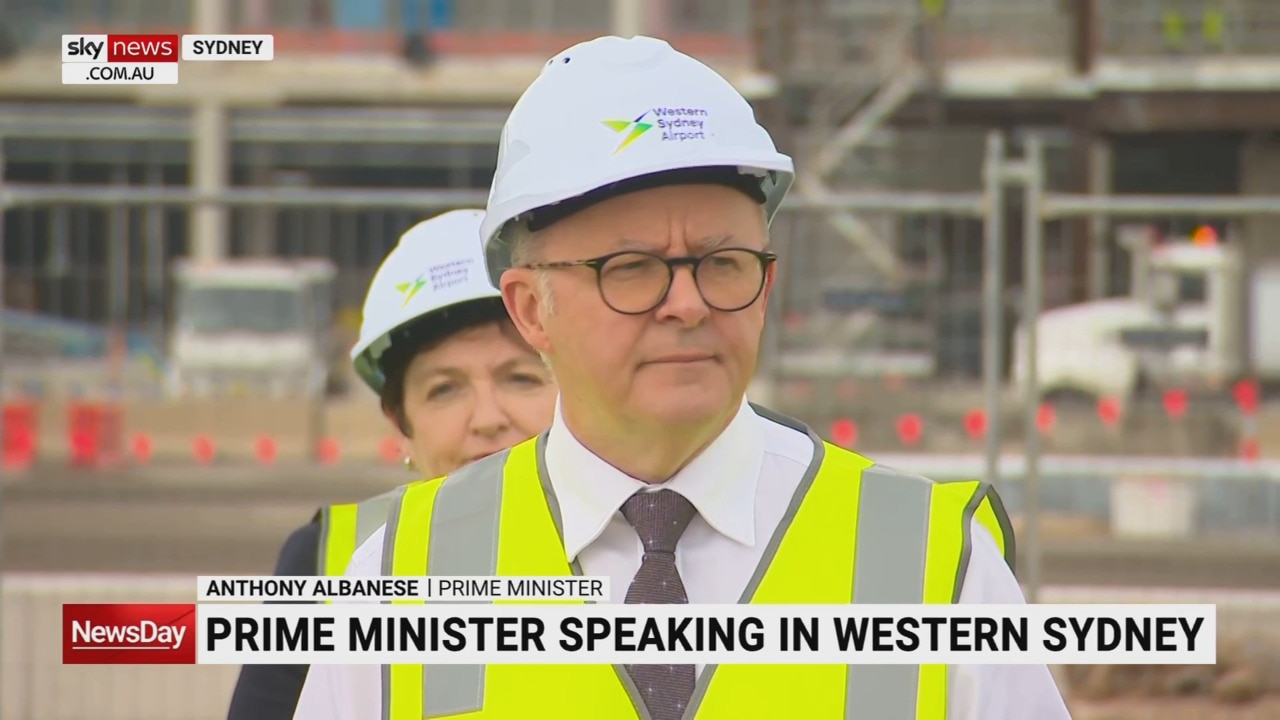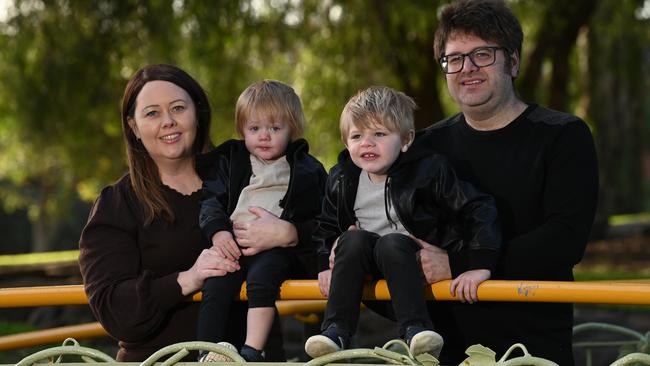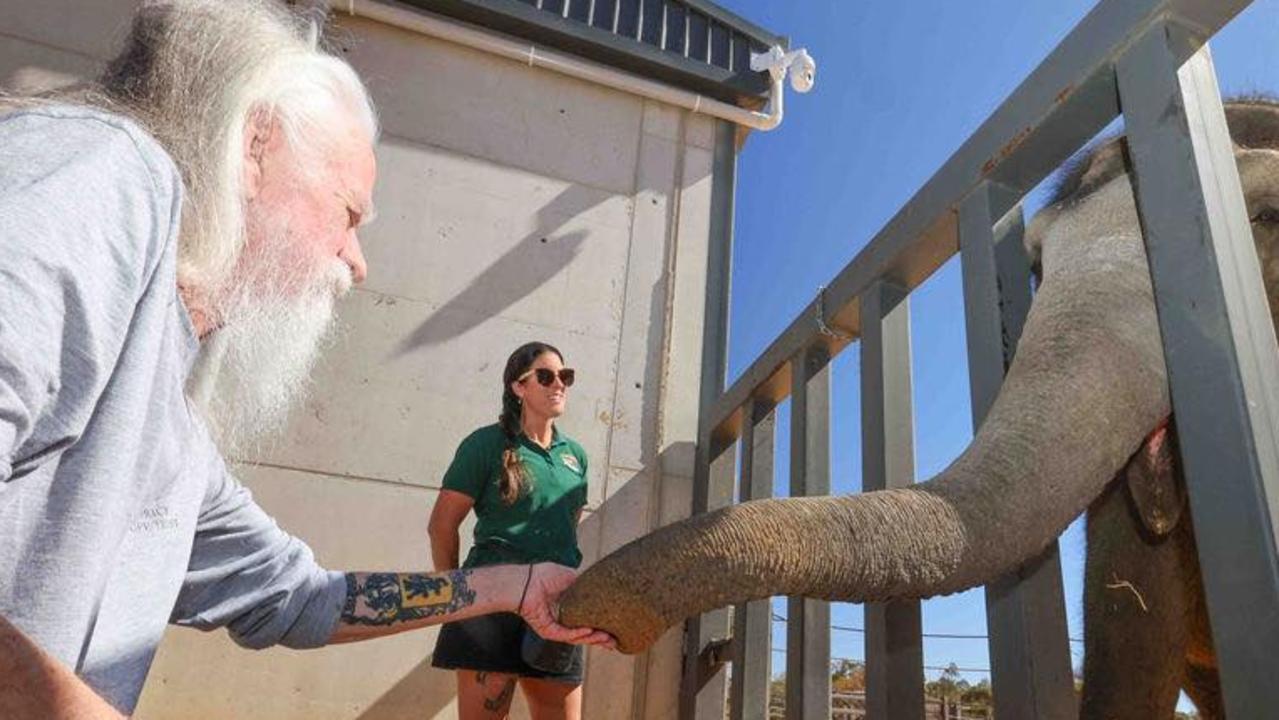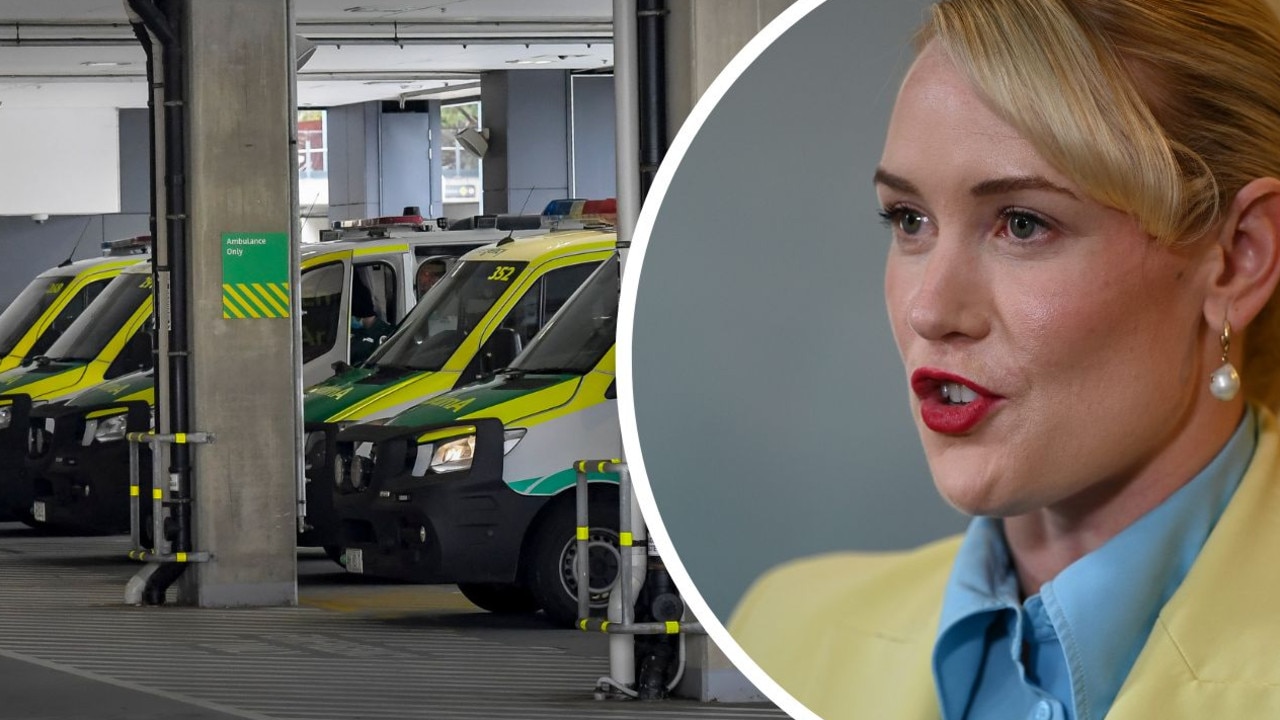‘As stressed about my cancer diagnosis as I am about finances’: SA family hit hard by cost of living rises
Linda and Lee once considered themselves financially fortunate – but now they’re just one of many SA families cutting right back to survive. See their money-saving hacks.

SA News
Don't miss out on the headlines from SA News. Followed categories will be added to My News.
Up until very recently, Linda Howell considered herself and husband Lee financially fortunate; they’d always had good jobs, liked eating out and regularly travelled overseas.
But now, for the first time, the mum-of-two is questioning not just how her family will get ahead financially but how it will get by, full stop.
She’s stopped turning on the household heater to keep her family warm, using hot water bottles instead for sons Ezra, 4 and 18-month-old baby Eli.
She’s shifted to cheaper brands of food and baby formula, seeks out specials and is growing fruit and vegetables at home.
This is despite the fact her tradesman husband, 37, operates his own successful small tiling business.
“Basically, everything has skyrocketed over the past six months to a year … we are talking over 50c to a few dollars more per grocery item and that adds up – I am easily spending $50 to $100 more each time I go to the shops,” she said.
A tin of baby formula she paid $29 for 18 months ago now costs $46; nappies bought in bulk at a discount chain at the beginning of the year for $52, now cost $62.
“We’ve been married 14 years and have never struggled financially, even when we bought our first house and interest rates were 9.5 per cent,” Mrs Howell, 38, said.
“We used to go out a lot to eat – two to three times a week – and travel to the US every 18 months or so. Now, we are lucky to eat out once every few months.”

The former workplace investigator is working three days a week in risk and compliance at an Adelaide school, after being made redundant at the birth of her second child. She is grateful her mum is able to help with childcare.
She says the contrast in what – and how – she spends on her second child, compared with his older brother is startling.
“When Erza was a baby, I’d go shopping with the mums in our mothers’ group and if we saw something we thought our kids would like, we’d get it – now, the budget is just not there,” she said.
“Our friends are all saying the same thing … we are always messaging each other if we see something is on special.
“I’d prefer to go into a store but now buy nappies, baby wipes and formula online as Amazon provides a discount when you subscribe.”
A devastating health diagnosis when baby Eli was just eight weeks old has added pressure the family’s finances.
Mrs Howell was diagnosed with breast cancer and has since undergone 30 rounds of chemotherapy, 15 rounds of radiation and had a double mastectomy.
While business is solid, she admits Lee worries people will rein in renovation plans if the cost of living keeps rising.
On top of the work he missed while she was ill, he is managing increases of between 15 to 30 per cost in materials, since the start of Covid.
“(There are) rumours among builders that people are starting to decline quotes … what that says to me is, people are saying, ‘we’ll put off that renovation and put the money in the bank, instead’,” she said.
Mrs Howell says the couple’s savings, intended to educate their children, had been eaten up through her treatment costs which continue.
“I think I’ve been just as stressed about the financial stuff as having cancer and that is really sad … nobody should ever be in that position, where you are as worried about your financial situation as you are about fighting for your life,” she said.
‘Decisions that are truly dreadful’
South Australian Council of Social Service (SACOSS) CEO Ross Womersley says there has been a noticeable increase in the cost of living over the past six to 12 months.
“It’s very clear to SACOSS and our member organisations that things have gotten worse for many people (during this time),” he said.
“The costs associated with staples like food, transport and energy have increased significantly, while the rental affordability crisis continues to deepen.
“We hear from the agencies and groups at the front line of helping those in need is that not only are they are seeing more people in need of assistance, they are increasingly seeing people who may never have thought they would never have to reach out for help, and who are now in a position where they feel like there are no other options.
“(People are facing) decisions that are truly dreadful … should they turn the heater on, buy food for that day, or go without the medicine they need?”
Mr Womersley said low-income renters are being hardest hit.
“Their rents are going up faster than inflation and we are not seeing wages or income support payments rise at a proportionate rate,” he said.
“The end result is that more and more people in SA are doing it tough; and it underlines the need for more government intervention in our housing market by boosting public housing … just last week Core logic released data showing that 40 per cent of rents in our suburbs have gone up by more than 10 per cent in the last year.
“That’s almost twice the rate of the CPI and three times the rate of interest rates – we fail to understand how landlords can justify these increases?”





